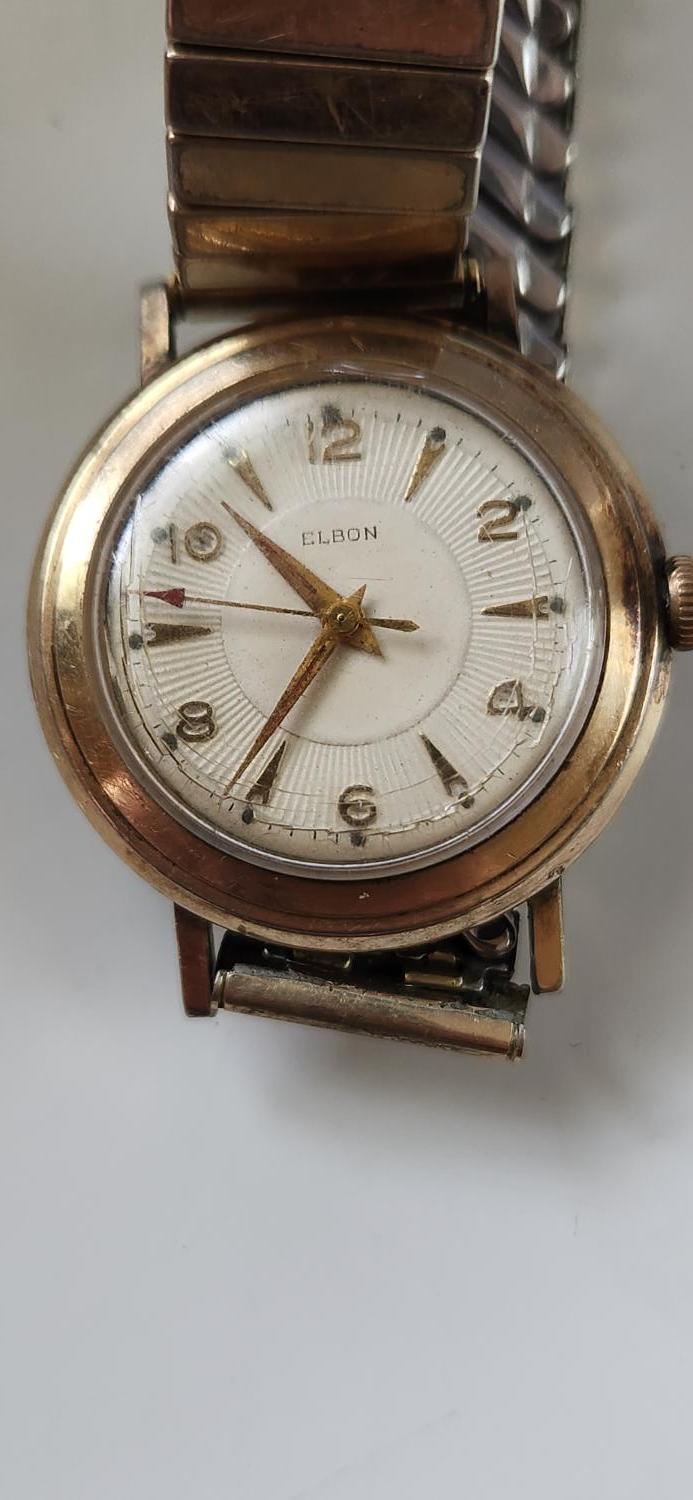Trying to gauge the quality of my services because i'm being offered my first paid gigs. How's this reading look for a 7s26 movement?
-
Recently Browsing
- No registered users viewing this page.
-
Topics
-
Posts
-
By rjenkinsgb · Posted
It looks similar to some AS movements, but it's not identical to any I can find. There may be a logo / number under the balance wheel?? -
By rjenkinsgb · Posted
Many would disagree: https://www.rohm.com/products/faq-search/faqId/234 https://uk.farnell.com/c/semiconductors-discretes/transistors/bipolar-transistors/pre-biased-digital-bipolar-transistors https://uk.rs-online.com/web/p/bipolar-transistors/8232832P?gb=s https://uk.rs-online.com/web/p/bipolar-transistors/0580240?gb=s (RS don't have a specific category, but over 1000 "digital transistor" items). -
By Hawaiikook808 · Posted
Thanks, ManSkirtBrew. I started looking for a setup like yours and ran across this. It was about half the price of the JKA Feintaster (depending on what auction you were in), and it's a Bergeon. I bought it because I thought the price was fair (eBay - Buy it now), and I'm a sucker for vintage tools. It also has a table, so it should be easy to use for measuring jewels. I wonder if the the contact points can be changed out. Bergeon seems to manufacture new tables and accessories for the contemporary dial version. What do you guys think of it? I'm sorry this post seems to have taken a detour. I'm new here so let me know if I should start a new topic. -
By nevenbekriev · Posted
This is a flying cutter, usual one. The cutter itself is shown in the pictures in the first message, it is made of broken tungsten carbide drill bit. I asure that all the angles of the cutter are as they should be. I have video - little older one - that I made when onse making the same kind of winding pinion for a Poljot 2200, which is even smaller than this one. It is not easy to see in the video, but the tool rest moves about 1mm towards the object in Y direction and then returns back untill cutter is rotating. Then the spindle is rotated one tooth ahead and everything repeated untill all teeth are cut. -
After a bit further research could it possibly be an AS 970?
-







Recommended Posts
Join the conversation
You can post now and register later. If you have an account, sign in now to post with your account.
Note: Your post will require moderator approval before it will be visible.